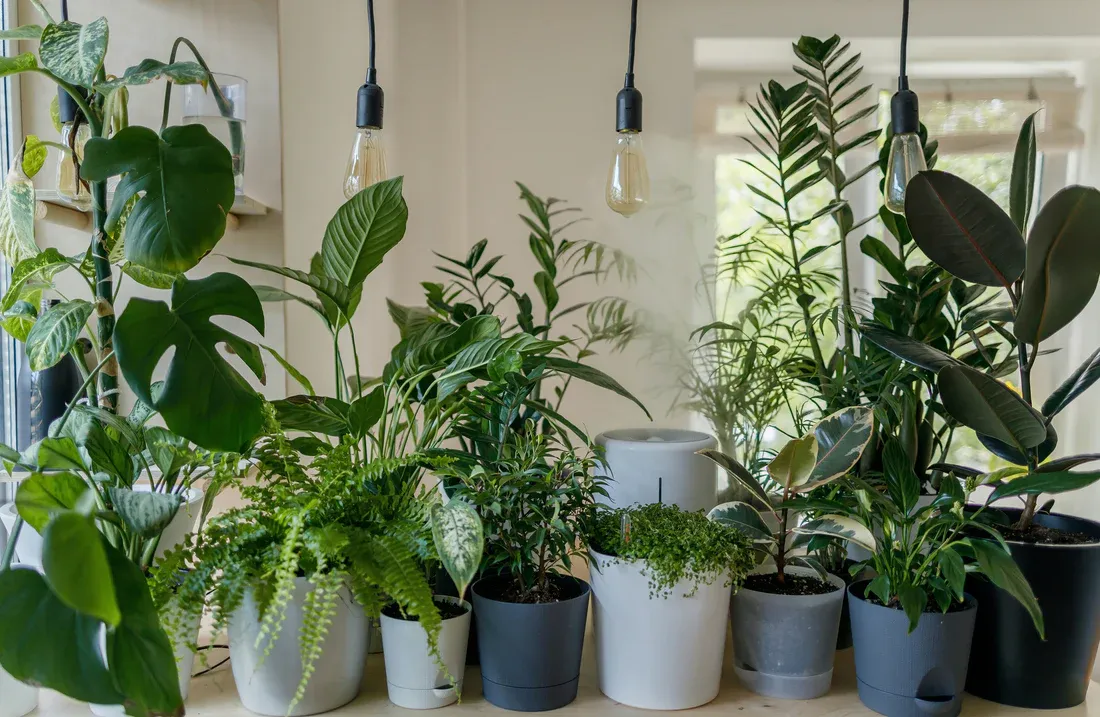Scientists Transform Ordinary Houseplants Into Living Night Lights Using Nanoparticles
Engineers at MIT have achieved something that sounds straight out of science fiction: they've successfully turned common houseplants into glowing night lights by injecting them with specialized nanoparticles. This breakthrough in plant nanobionics could revolutionize how we think about sustainable lighting and blur the lines between biology and technology.
The Science Behind Glowing Plants
The MIT research team, led by chemical engineer Michael Strano, embedded luciferase—the same enzyme that makes fireflies glow—into nanoparticles and then introduced them into plant leaves through tiny pores called stomata. These nanoparticles also contain luciferin (the light-emitting compound) and coenzyme A, which helps sustain the reaction.
The process is remarkably elegant: the plants' natural cellular machinery powers the light-producing chemical reaction, creating a soft, ambient glow without any external energy source. Current prototypes can illuminate for up to 3.5 hours, with the brightest plants producing light equivalent to a standard reading lamp.
From Watercress to Room-Illuminating Trees
Initial experiments began with watercress plants, chosen for their thin leaves that allow easy nanoparticle penetration. Researchers have since expanded to other species including kale, spinach, and even small trees. The goal is ambitious: creating plants bright enough to serve as functional lighting fixtures.
Early results show a 10-nanometer luciferase carrier particle produces the most efficient light output. The research team has achieved luminosity levels of approximately 0.1 millilux—dim by commercial lighting standards, but visible to the naked eye in darkened rooms.
Environmental Benefits and Sustainability Potential
This technology offers compelling environmental advantages. Unlike traditional electric lighting, these biological fixtures require no electricity, produce zero carbon emissions during operation, and could potentially reduce energy consumption in residential and commercial spaces.
Professor Strano's team estimates that optimized versions could cut indoor lighting energy usage by 15-20% for ambient lighting applications. Given that lighting accounts for roughly 20% of global electricity consumption, even modest adoption could yield significant environmental benefits.
Practical Applications on the Horizon
The applications extend far beyond novelty houseplants. Urban planners envision tree-lined streets that naturally illuminate sidewalks, reducing the need for streetlights. Indoor farms could use glowing plants to provide both crops and lighting infrastructure simultaneously.
Emergency preparedness represents another promising application. During power outages, these self-sustaining light sources could provide crucial illumination without batteries or fuel. Military and space applications are also under consideration, where reliable, maintenance-free lighting systems offer distinct advantages.
Current Limitations and Future Development
Despite the promising results, several challenges remain. The current light output falls short of practical lighting needs, lasting only a few hours before requiring "recharging" with additional nanoparticles. Researchers are working on time-release mechanisms that could extend glow duration to weeks or months.
Cost presents another hurdle. The specialized nanoparticles remain expensive to produce at scale, though manufacturing costs are expected to decrease as production methods improve. Safety testing is ongoing to ensure the modified plants pose no risks to humans, pets, or ecosystems.
The Road to Commercial Viability
MIT has already spun off a company, Light Bio, to commercialize the technology. They're targeting decorative houseplants as the initial market entry point, with functional lighting applications following as the technology matures.
Industry experts predict consumer products could reach the market within 3-5 years, starting with premium decorative plants priced between $100-300. Mass market adoption will likely require further brightness improvements and cost reductions.
A Bright Future for Biological Technology
This breakthrough represents more than just glowing plants—it demonstrates the vast potential of merging biological systems with engineered nanotechnology. As researchers continue refining the process, we may soon live in a world where our gardens and houseplants serve double duty as sustainable, living light fixtures.
The intersection of biotechnology and sustainable design continues to yield innovative solutions to environmental challenges. While glowing plants may not replace traditional lighting immediately, they offer a glimpse into a future where nature and technology work in harmony to create more sustainable living spaces.
